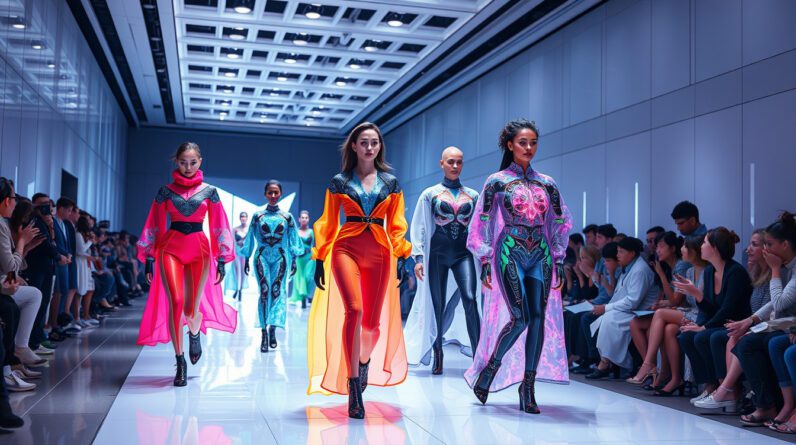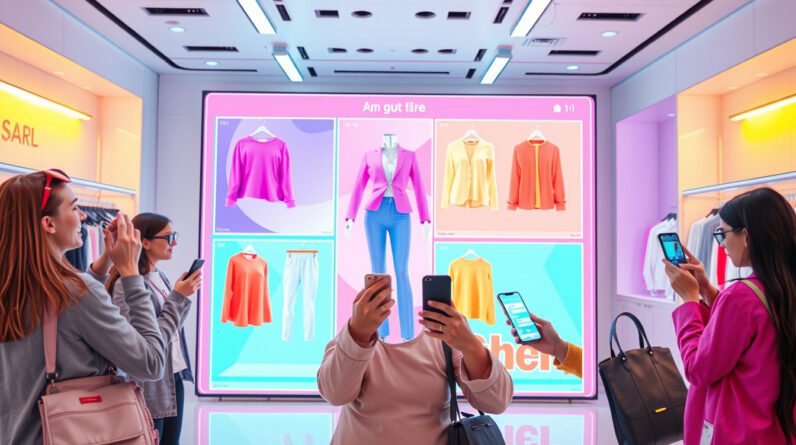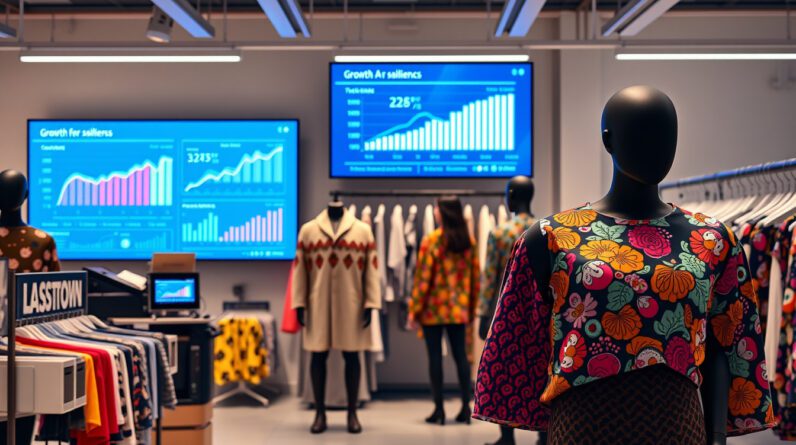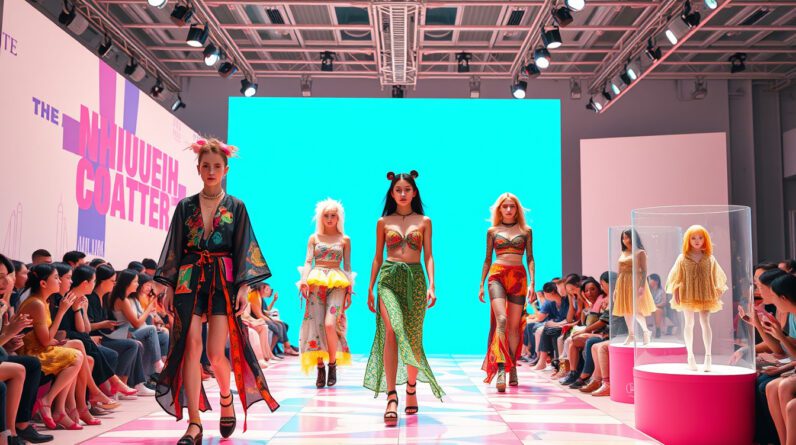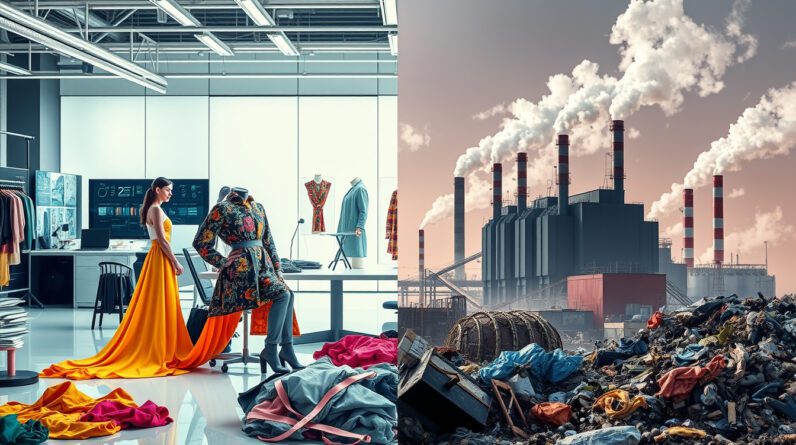
The Promising Yet Problematic Future of Generative AI in Fashion
The fashion industry shifts as new tools appear. Generative AI acts as a force for change. It works with data and speeds up tasks. Supporters say it can change design and supply steps. Yet many ask about its cost to nature.
Profit Potential and Industry Predictions
A 2023 report by McKinsey shows a profit rise. AI may add $275 billion in profit within three to five years. Smart code and machine learning help AI make images and sort tasks. It brings parts that once stood apart into close work.
Rising Environmental Concerns
Tech fans cheer for AI. Critics worry over its cost to nature. Data centers use much electricity and water. These centers work hard but stress brands that cut carbon. The parts for hardware also use natural goods and create waste. Some startups use private data for training but find it hard to keep tabs on nature costs.
The Role of Industry Giants
Small firms point to the big names like OpenAI, Alphabet, Amazon, and Microsoft. These firms drive a need for heavy energy tools and large model training. In 2023, Google used more power in its centers. Microsoft also recorded a rise in emissions. Both say that their AI work needs much energy. As brands adopt AI, they question if its gains can balance its nature toll.
Current Applications in Fashion
Some brands now use AI for many tasks. They create images for online stores and ads. Saks Fifth Avenue uses a tool from Salesforce to serve customers. The luxury brand LVMH builds an AI system to plan its work steps. A company called WGSN makes a tool that helps buyers trust data. Maison Meta works with many brands for AI-made campaigns. Its team makes digital ads with less use of real photos. The founder, Cyril Foiret, says saving time and money comes first while saving nature comes next.
Generative AI and Design Efficiency
Design teams now use AI to create samples and final items. By training with private data, teams try many design routes. A technology like Refabric cuts waste with digital sampling instead of hundreds of samples. A software called Vaayu tracks the cost of product work by showing many ways to cut waste. Still, some fear that fast use of AI can result in making too many pieces, which may add strain to nature.
The Challenge of Measuring Environmental Impact
Running AI needs many systems. Data centers use great amounts of power and water to cool machines. A study found that Microsoft’s GPT-3 needed about 700,000 liters of water for its servers. Reports show AI’s carbon mark grows fast. Predictions say that by 2027, AI centers may use power like small nations. A 2025 survey finds that half of the top leaders see that AI adds emissions, though few keep a clear check on it. Some startups, such as Fashable, keep a record of waste, yet it remains hard to compare gains from AI with those from older ways.
Conclusion
Generative AI in fashion shows great promise in speeding work and boosting profit. Yet the cost to nature still brings many concerns. Fashion brands now face a choice between fast, data-based work and steps to protect nature. As AI grows, the industry must keep new tech and care for the earth close in step.

